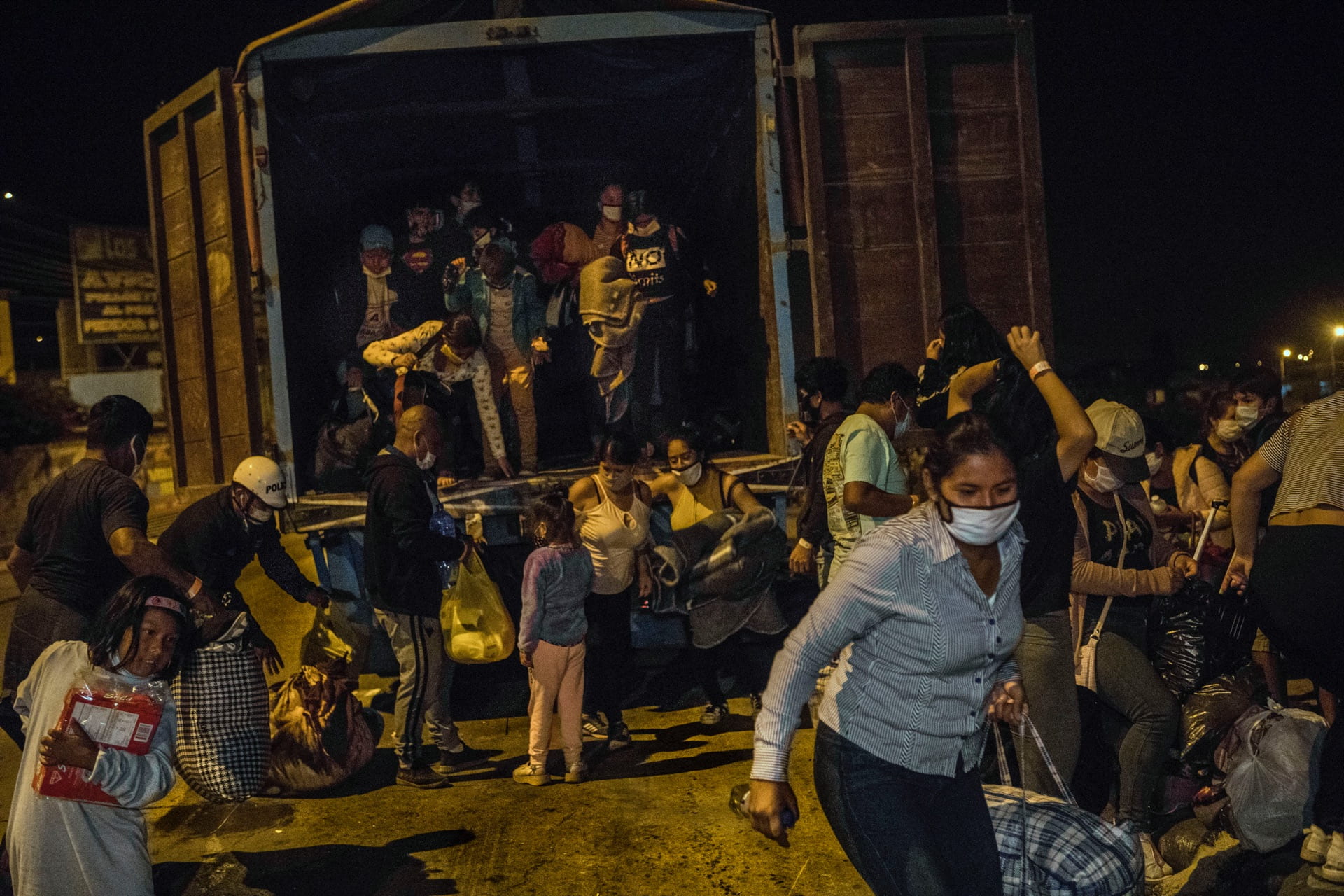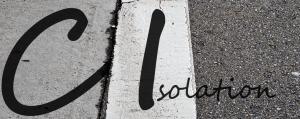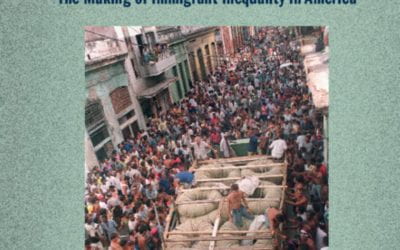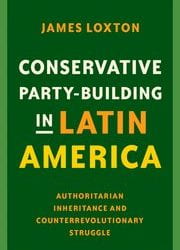Journeys
A photo by Marco Garro is featured in the digital exhibition, “Documenting the Impact of Covid-19 through Photography: Collective Isolation in Latin America,” sponsored by ReVista and the Art, Culture, and Film program at Harvard’s David Rockefeller Center for Latin American Studies (DRCLAS.)
The exhibition, based on an Open Call for Photography launched in July 2020, aims to create a critical visual record of our unprecedented times so they can be remembered by future generations. 2020 will be remembered as a watershed year in which a pandemic laid bare the inequalities and fissures within our society. It has also underscored the importance of living and participating in communities even while experiencing the pandemic in isolation. The exhibition seeks to promote a regional perspective from Latin America and the Caribbean of the collective isolation imposed by Covid-19.
The lockdown provoked by Covid-19 in Peru has left many people without an income, obliging tens of thousands of migrants in Lima to return home to their families in the Andes and the Amazon. I photographed this migrant camp on the outskirts of Lima where many families sleep while they wait for the results of their Covid-19 tests and the government buses that will take them home.
It was a little after 8 p.m. on the 40th day of the National Emergency decreed by the government. At the entrance of the Huampaní Vacation Center, in Chaclacayo, more than a hundred people—men, women with babes in arms, children with confused faces—descended from three cargo trucks to encounter a new dismal scene: dozens of people who had already come before them to camp in a dusty lot between the central highway and the Rímac River.
“We just want to go home,” said a 23-year-old woman named Susan Fasabi.
She had spent more than a week sleeping beside the highway with her three daughters. Her husband had lost his job as a casino watchman, and they no longer had the money to pay 300 soles for the room that they all shared. This journey was for all or nothing.
“My mom has her little ranch in Pucallpa and it doesn’t cost anything to eat or find fish. Here in Lima they treat us like animals,” she says.
Their long march had only recently begun.
Travesías
Por Marco Garro
Una foto de Marco Garro fue seleccionado para la exposición, “Documentando el impacto de Covid-19 a través de la fotografía: Aislamiento colectivo en Latinoamérica”, auspiciado por ReVista y el Art, Culture, and Film program del David Rockefeller Center for Latin American Studies (DRCLAS) de Harvard.
La exposición, resultado de el concurso de fotografía anunciado en Julio 2020, busca crear un registro visual de estos tiempos sin precedentes y contribuir a nuestra futura memoria histórica. 2020 será recordado como una año decisivo en el que una pandemia dejó al descubierto las desigualdades y fisuras dentro de nuestra sociedad y la relevancia de vivir y participar de la vida en comunidad incluso mientras se vive la pandemia de forma aislada. La muestra procura promover una perspectiva regional del aislamiento colectivo impuesto por el Covid-19 desde América Latina y el Caribe.
El cierre provocado por Covid-19 en Perú ha dejado a muchas personas sin ingresos, lo que ha obligado a decenas de miles de migrantes en Lima a intentar regresar con sus familias en los Andes y la Amazonía. Fotografié este campamento improvisado para migrantes en las afueras de Lima donde muchas familias duermen afuera mientras esperan las pruebas de Covid-19 y los autobuses del gobierno para regresar a casa. Algunos migrantes abandonaron el campamento para caminar a casa.
Eran poco después las ocho de la noche en el día cuarenta de la Emergencia Nacional. En la entrada al Centro Vacacional Huampaní, en Chaclacayo, más de cien personas -hombres, mujeres con bebés en brazos, niños con caras confundidas- bajaron de tres camiones de carga para encontrarse con una nueva escena desoladora: decenas de personas que ya se habían adelantado para acampar en un lote polvoriento entre la Carretera Central y el río Rímac.
“Solo queremos regresar a casa,” dice una joven de 23 años llamada Susan Fasabi.
Ella tiene más de una semana durmiendo a lado de la Carretera Central con sus tres hijas. Su esposo perdió su trabajo de vigilante en un casino, y con ello se quedaron sin los ingresos que necesitan para pagar el cuarto de 300 soles que compartían. Esta travesía es por todo o nada.
“Mi mamá tiene su chacra en Pucallpa y no le cuesta nada comer o encontrar pescado. Aquí en Lima nos tratan cómo animales”, afirma.
Su larga marcha recién empieza.
Marco Garro is a Peruvian photographer.
Marco Garro es un fotográfo peruano.
Related Articles
A Review of Cuban Privilege: the Making of Immigrant Inequality in America by Susan Eckstein
If anyone had any doubts that Cubans were treated exceptionally well by the United States immigration and welfare authorities, relative to other immigrant groups and even relative to …
A Review of Conservative Party-Building in Latin America: Authoritarian Inheritance and Counterrevolutionary Struggle
James Loxton’s Conservative Party-Building in Latin America: Authoritarian Inheritance and Counterrevolutionary Struggle makes very important, original contributions to the study of…
Endnote – Eyes on COVID-19
Endnote A Continuing SagaIt’s not over yet. Covid (we’ll drop the -19 going forward) is still causing deaths and serious illness in Latin America and the Caribbean, as elsewhere. One out of every four Covid deaths in the world has taken place in Latin America,...





